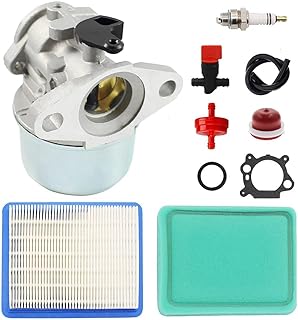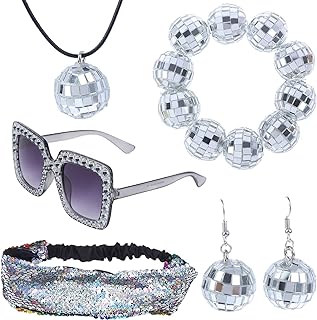5 important factors worth considering when looking for the best twine for recycling cardboard
When deciding on the best twine to use for recycling cardboard, there are important factors to consider. These include how strong the twine is, its impact on the environment, and how well it holds up. Thinking about things like how long it will last, how eco-friendly it is, and how much it costs can help you choose the right twine for your recycling needs. The twine you choose can make a big difference in how well your recycling process works and how much impact it has on the environment.
See our guide to the best twine for recycling cardboard.
Strength and durability
When you’re thinking about using twine to recycle cardboard, it’s important to choose a strong and durable option. This will keep the cardboard bundles secure during the recycling process and make transportation easier, reducing the chance of damage or inefficiency. While high-quality twine may cost more upfront, the long-term benefits of increased strength and durability make it worth it.
Picking a reliable twine for cardboard recycling shows a commitment to sustainability and caring for the environment. By choosing twine that can handle the demands of recycling, you’re showing the importance of reusing and repurposing resources effectively. The durability of the twine helps make the recycling process more efficient, cutting down on waste and promoting an eco-friendly approach to getting rid of cardboard. Prioritizing strength and durability in twine selection not only improves efficiency but also supports sustainability, making it a smart investment for businesses and individuals.
Thickness and weight capacity
When choosing twine for recycling cardboard, it’s important to think about how thick and strong it is. A thicker twine will make sure your cardboard bundles stay together and don’t break during transportation and handling. This helps keep the cardboard in good shape for recycling and makes the process more efficient by reducing the risk of accidents.
It’s also crucial to consider how much weight the twine can hold. Choosing a twine with a higher weight capacity means your cardboard bundles will be more secure and less likely to fall apart or get damaged. By focusing on thickness and weight capacity when picking twine for recycling cardboard, you’re not only helping your recycling efforts last longer but also making the whole recycling process more sustainable and efficient.
Length and quantity per package
When buying twine for recycling cardboard, the length and amount per package are important for a smooth and eco-friendly process. Longer twine reduces the need to replace it often and allows for continuous use, making recycling more efficient. Getting more twine in each package saves money and ensures there is always enough on hand, keeping the recycling process running smoothly. By choosing packages with enough twine, recyclers can focus on working efficiently without unnecessary delays.
It’s also crucial to think about the environmental impact of the packaging when selecting twine for cardboard recycling. Choosing packages with a good amount of twine and minimal non-recyclable materials helps reduce waste and supports sustainable practices. Using eco-friendly packaging shows a commitment to taking care of the environment and sets a positive example for others in the recycling industry. By picking twine packages that balance length, quantity, and sustainability, recyclers can improve their efficiency and stay committed to protecting the environment.
Material composition (natural fibers vs synthetic)
Selecting the right twine for recycling cardboard is important for efficiency and sustainability. Natural fibers like cotton or jute are popular for being eco-friendly since they break down easily and don’t release harmful chemicals. Meanwhile, synthetic fibers like nylon or polypropylene are strong and water-resistant, which is great for tough jobs.
Both natural and synthetic twines have their pros and cons, so it’s important to consider the environmental impact and practical needs when choosing. The decision of using natural or synthetic twine for recycling cardboard depends on the specific requirements and goals of the business. By thinking about factors like strength, biodegradability, and reusability, companies can make smart choices to create a more sustainable and effective recycling process.
Knot-ability and ease of use
One important thing to consider when buying twine for recycling cardboard is how easy it is to tie knots and handle. Choosing a twine that is easy to use can make recycling much more efficient and simple. Using a twine that allows for quick and secure knots will help keep your cardboard bundles together during transportation and storage, preventing any mess or chaos. Knotting with the right twine not only saves time but also reduces the chances of accidents while working with recycled materials.
The quality of the twine can also impact how well the recycling process works. A strong twine that holds tight knots means less chance of cardboard bundles falling apart, which can reduce waste. By selecting a good twine with excellent knot-tying ability, recyclers can improve the efficiency of their work and help the environment. Tying knots easily with the right twine can make bundling cardboard a smooth and productive task, making the recycling process more sustainable.
Conclusion
In a world that wants to find ways to be more sustainable, using twine to recycle cardboard is a good, environmentally friendly choice. Twine helps by tying together new ideas and caring for the environment, making it easier to bundle up cardboard for recycling. This material is very useful for not only making the recycling process easier but also showing a dedication to reducing waste and protecting our planet for the future. When we use twine for cardboard recycling, we are taking a small but important step towards making a cleaner, more sustainable world where every little action helps to create a better future.


